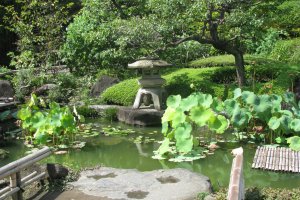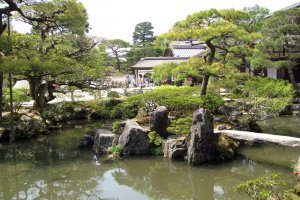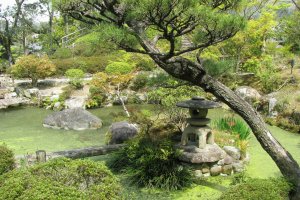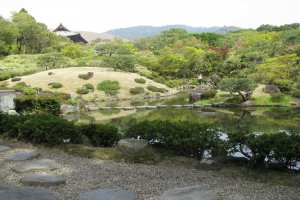Japanese style gardens are famous across the world and are often seen as an art form. These gardens have some unique traditions and secrets that may be hard to comprehend for a non-Japanese, but this emphasizes the admiration felt when enjoying these displays of nature and culture.

Traditional Japanese gardens can be encountered everywhere, either on special grounds or as parts of temples and shrines. There are many beautiful old gardens in the center of Tokyo, but you can find many gardens in smaller towns that are just as wonderful. The first garden I ever visited was located on the grounds of Hasedera Temple in Kamakura. It wasn’t big, but I found it charming, with a lot of greenery, traditional decorative lanterns, stones, a bridge, and a small pond. Later I learned that those are elements commonly found in every garden, but each garden is made unique by the arrangements of those traditional elements. Unlike Western traditions, in Japanese gardens there are no sculptures; instead, natural stones of various sizes, colors and textures are used. Garden bridges have special roles and symbols, too.

I found wonderful gardens visiting temples such as Ginkakuji in Kyoto and Rinnoji in Sendai, and also Shiogama Shrine and Fujisan Hongu Sengen Taisha. Among them, my favorite is the spacious garden of the Rinnoji Temple. It features a big pond in the center with water lilies and a stone bridge. A walk along the path around the pond offers different and unique views to visitors. The grounds here also feature three ‘stone gardens’ – another kind of traditional garden. In those gardens, water is imitated by fine gravel, often taking wave or circle shapes. Isuien of Nara is considered to be one of the best stone gardens in Japan.

The most significant part is that a Japanese garden allows visitors to stop, to enjoy the natural beauty, and to feel at peace. The harmony of gardens indicates they are created by people who understand and appreciate nature. When visiting a Japanese garden, I always take my time and relax, so the visit to a garden is never just a brief look. Exploring them on a deeper level offers a better understanding of Japan.





























On a trip to the UK, I also sought out Japanese gardens to see how they translated. Exquisite.